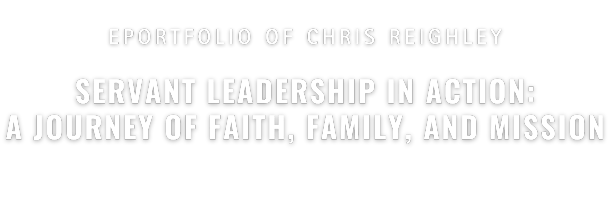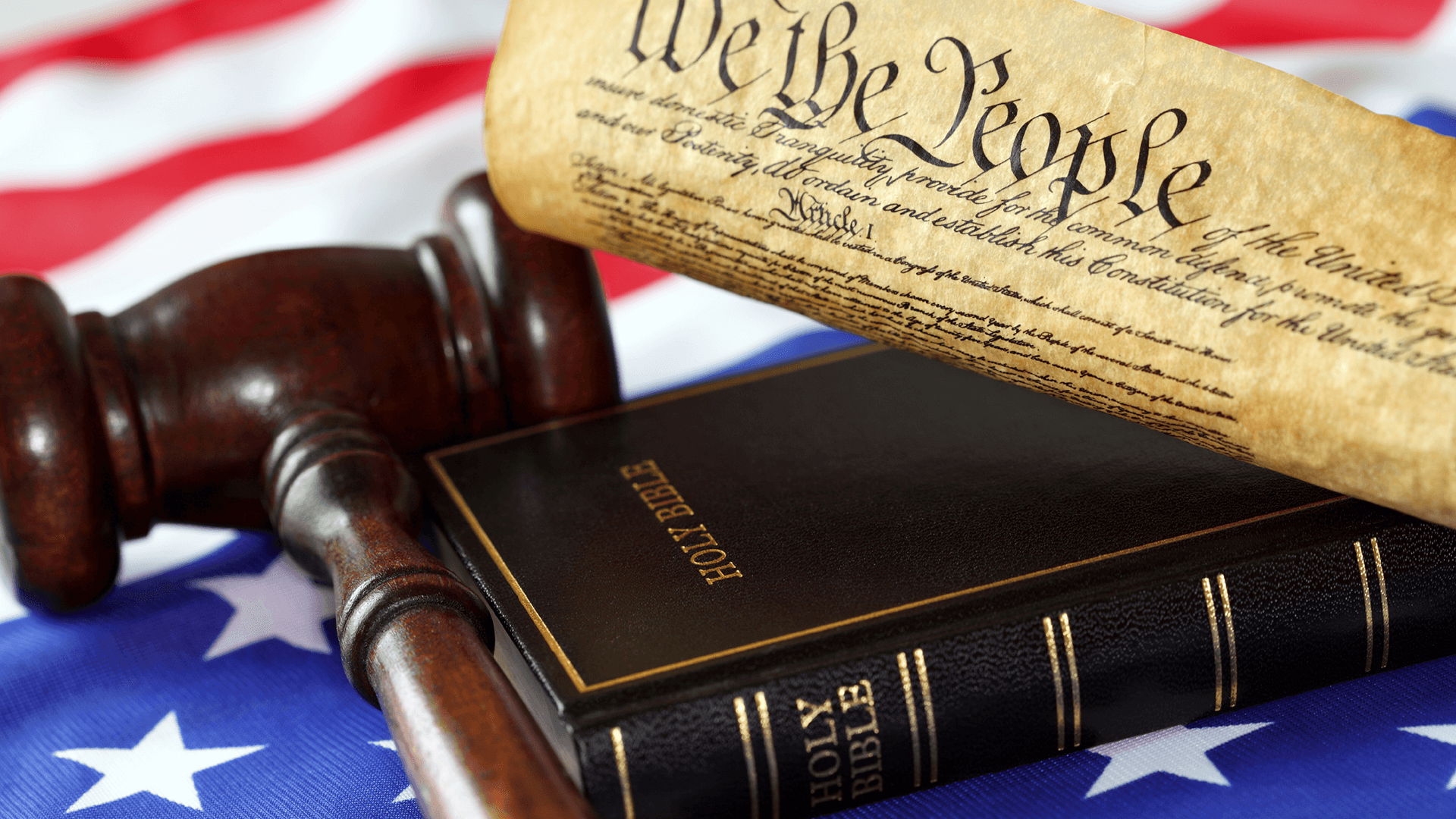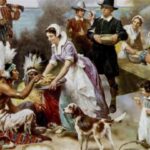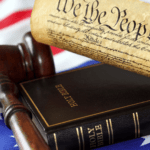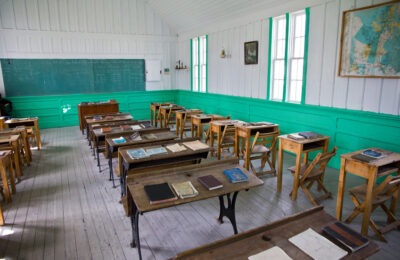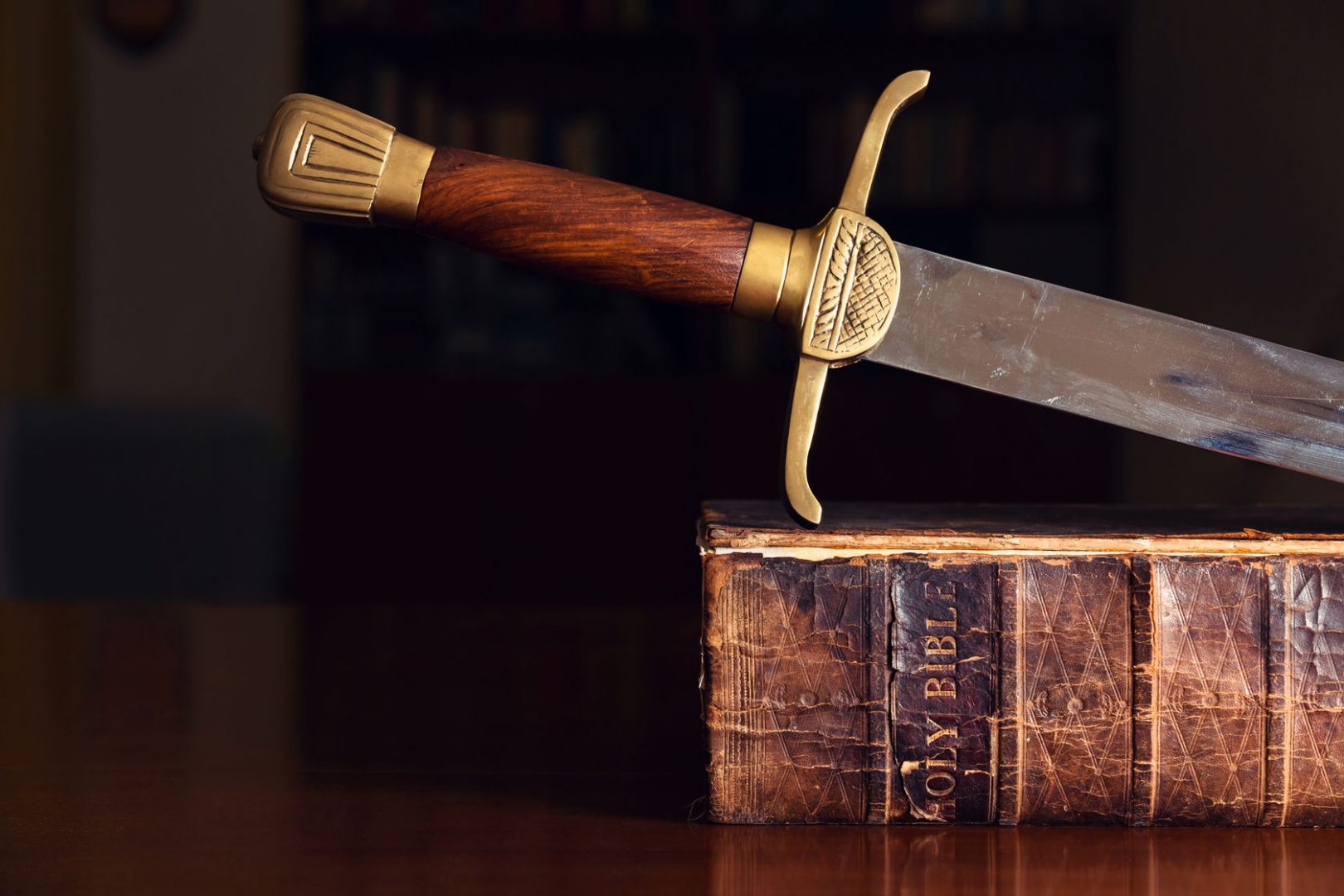This is Part 5 of the series Why Religious Liberty Matters
Faith in Action: Religious Freedom During the Civil Rights Era
The Civil Rights Era of the 1950s and 1960s reshaped American society in profound ways, bringing issues of justice, equality, and freedom to the forefront. While most often associated with the struggle for racial equality, the movement was deeply intertwined with matters of faith and religious freedom. Churches, synagogues, and minority religious communities became sanctuaries for activism and prayer, places where individuals gathered not only to worship but also to advocate for the biblical principles of justice and dignity.
For many Christians, the Civil Rights Movement echoed God’s call in Micah 6:8 to “do justice, to love kindness, and to walk humbly with your God” (Legacy Standard Bible, 2021). This period also witnessed an expansion of legal protections for religious minorities as landmark cases solidified rights for Jehovah’s Witnesses, Native Americans, and other groups who had long faced discrimination. And, as America became embroiled in the Vietnam War, the courts grappled with the question of conscientious objection, recognizing the rights of individuals whose religious convictions led them to pacifism.
Civil Rights and Religious Freedom
The Civil Rights Movement was led largely by faith leaders who saw justice, equality, and freedom as not only political goals but spiritual mandates. Churches and synagogues provided essential support, grounding the fight for civil rights in biblical teachings. Leaders like Dr. Martin Luther King Jr. saw the struggle for racial equality as deeply connected to Christian teachings, particularly those emphasizing the inherent worth of every individual as a creation of God. In his famous Letter from Birmingham Jail, Dr. King wrote, “Injustice anywhere is a threat to justice everywhere… Whatever affects one directly, affects all indirectly” (King, 1963). This conviction, that all people are interconnected in God’s eyes, fueled a movement that saw freedom and justice as expressions of God’s will on earth.
Religious communities were more than just supportive allies; they were active participants. African American churches became hubs for civil rights activism, offering a place for organizing, fellowship, and prayer. This collective stand for justice was reminiscent of the biblical principle in Proverbs 31:8-9 to “speak up for those who cannot speak for themselves… and defend the rights of the poor and needy” (Legacy Standard Bible, 2021). Religious freedom, in this sense, was inseparable from the pursuit of justice. The Movement highlighted that the right to worship freely also meant the right to express faith in action, a powerful demonstration of the Free Exercise Clause at work.
Religious Minorities and Legal Battles
As the Civil Rights Movement advanced, so too did legal protections for religious minorities. Landmark cases involving groups like Jehovah’s Witnesses and Native American tribes became pivotal moments in strengthening the Free Exercise Clause.
Jehovah’s Witnesses, in particular, were frequent litigants in religious freedom cases throughout the 20th century. Their refusal to participate in certain government-mandated actions—such as saluting the flag or participating in military service—often put them at odds with state laws. In West Virginia State Board of Education v. Barnette (1943), the Supreme Court ruled in favor of Jehovah’s Witnesses who objected to saluting the flag, stating that “if there is any fixed star in our constitutional constellation, it is that no official… can prescribe what shall be orthodox in politics, nationalism, religion, or other matters of opinion” (U.S. Supreme Court, 1943). This ruling underscored the biblical principle that our allegiance ultimately belongs to God, not to earthly symbols or powers, aligning with Acts 5:29, where Peter declares, “We must obey God rather than men” (Legacy Standard Bible, 2021).
Native American spiritual practices also received legal protection during this era. In Sherbert v. Verner (1963), the Court ruled in favor of a Seventh-day Adventist who had been denied unemployment benefits after refusing to work on her Sabbath. This case established the “Sherbert Test,” requiring the government to show a “compelling interest” before it could limit an individual’s free exercise of religion (U.S. Supreme Court, 1963). This principle would later benefit Native American tribes who sought to preserve their spiritual practices, such as the use of peyote in religious ceremonies, which were integral to their faith.
Through these cases, the Free Exercise Clause gained new depth, extending beyond mainstream practices to protect the diversity of American faiths. This commitment to protecting religious diversity echoes the biblical call to honor each individual’s unique relationship with God, as seen in Romans 14:5, where Paul reminds believers that each person “must be fully convinced in his own mind” regarding his practices and beliefs (Legacy Standard Bible, 2021).
Vietnam Era and Conscientious Objectors
The Vietnam War brought new challenges to religious liberty, as many individuals sought exemption from military service on religious grounds. Conscientious objection—a stance that refused participation in war due to religious or moral convictions—became a focal point for courts interpreting the Free Exercise Clause.
In United States v. Seeger (1965), the Supreme Court ruled on whether individuals could be granted conscientious objector status even if they did not belong to a specific religious denomination. Daniel Seeger, a conscientious objector, argued that his pacifist beliefs, though not tied to a traditional religion, were deeply held moral convictions. The Court agreed, stating that beliefs do not have to be tied to a particular religious group to be protected. Justice Clark wrote that a sincerely held moral belief “occupies in the life of its possessor a place parallel to that filled by the God of those admittedly qualifying for the exemption” (U.S. Supreme Court, 1965). This decision was a significant affirmation of the Free Exercise Clause, acknowledging that deeply held convictions, whether religious or moral, are worthy of protection.
The Bible speaks to this notion of conscientious objection, with Jesus teaching His followers, “Blessed are the peacemakers, for they shall be called sons of God” (Matthew 5:9, Legacy Standard Bible, 2021). For many Christians, pacifism is not simply a moral stance but an expression of faith, rooted in Jesus’ command to love and seek peace. The recognition of conscientious objection during the Vietnam War affirmed that the right to follow one’s conscience, even in matters of life and death, is a sacred freedom worth defending.
Reflective Questions
Reflecting on the intersection of civil rights and religious liberty, consider these questions:
- How does the Civil Rights Movement’s reliance on faith-driven activism shape your view of the relationship between faith and justice?
- What significance do you see in legal protections for religious minorities, and how do these protections reflect biblical principles?
- How does the recognition of conscientious objection connect with your understanding of following God’s calling above all else?
These questions encourage us to see how God’s calling, justice, and individual conscience intersect to form a more complete understanding of religious liberty.
Conclusion
The Civil Rights Era strengthened America’s commitment to religious freedom, broadening the protections of the Free Exercise Clause for all faiths. From the African American church’s role in fighting for justice to legal battles for minority religious practices and conscientious objection during the Vietnam War, the era demonstrated that true religious liberty means respecting and protecting individual convictions.
In our next post, we’ll explore how these foundations laid in the Civil Rights Era led to further protections in the 1990s, including the Religious Freedom Restoration Act. Each of these legal victories reflects a core biblical truth: that God calls us to live according to our convictions, honoring Him in conscience and practice.
Chris Reighley is a Colson Fellow and a leader grounded in faith, family, and mission. With a career spanning servant leadership, digital marketing, and servant leadership, he is driven by a passion for empowering others. He is pursuing an Executive Master’s at The Bush School of Government and Public Service at Texas A&M and a Master of Arts in Biblical Studies from Redemption Seminary. Through Shoe Leather Gospel, Chris is dedicated to combating biblical illiteracy and mentoring future leaders.

References
- King, M. L., Jr. (1963). Letter from Birmingham Jail.
- Legacy Standard Bible. (2021). 2nd ed.
- U.S. Supreme Court. (1943). West Virginia State Board of Education v. Barnette, 319 U.S. 624.
- U.S. Supreme Court. (1963). Sherbert v. Verner, 374 U.S. 398.
- U.S. Supreme Court. (1965). United States v. Seeger, 380 U.S. 163.
